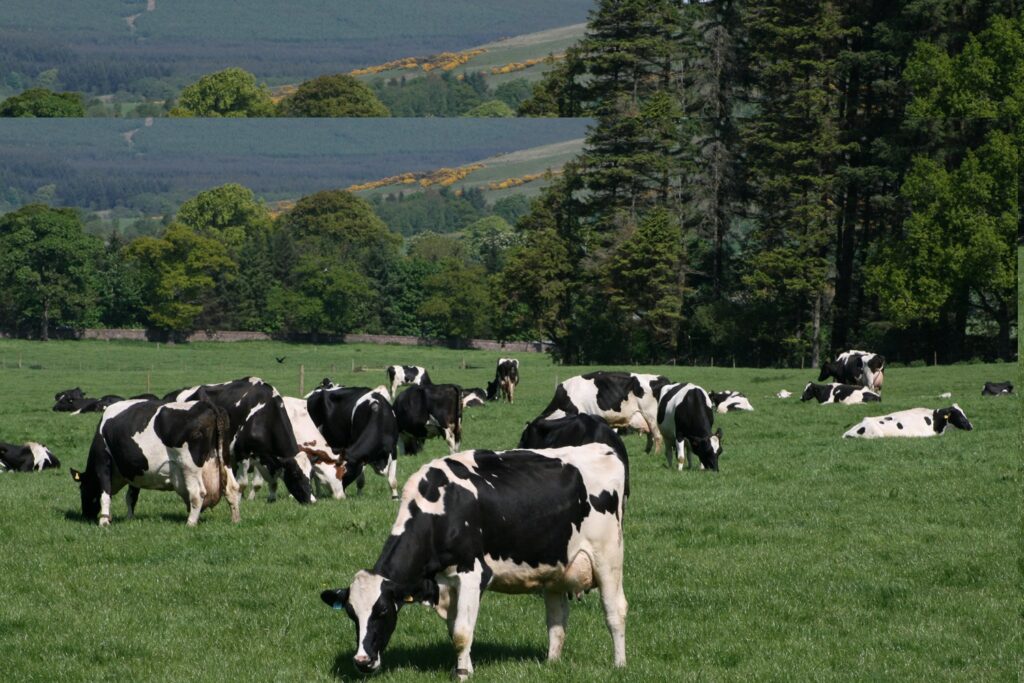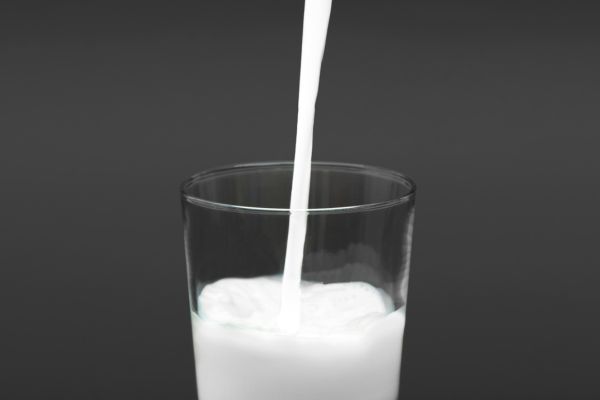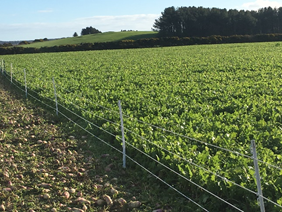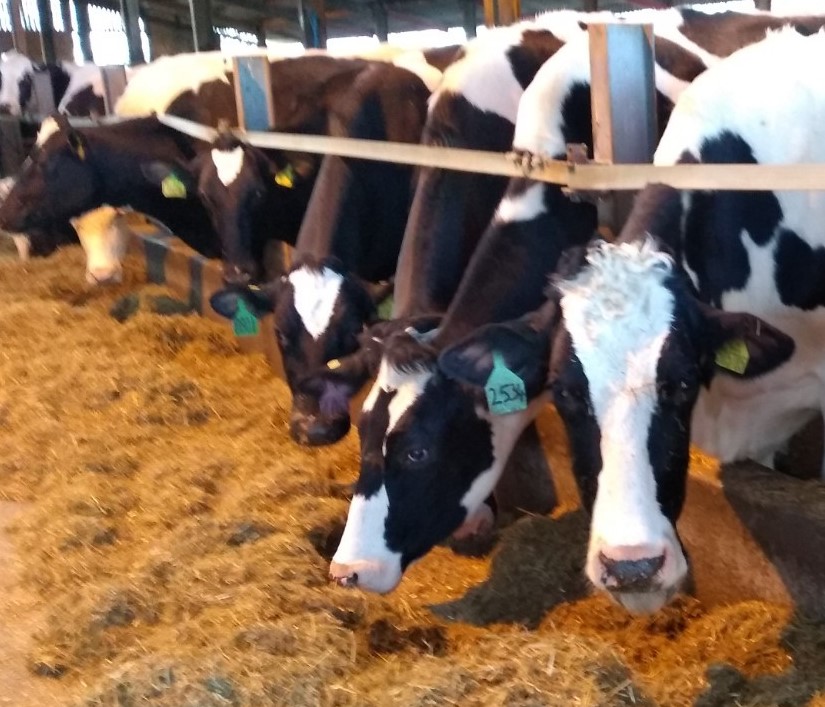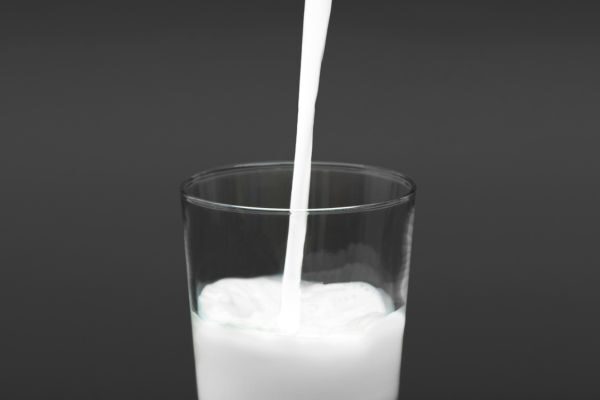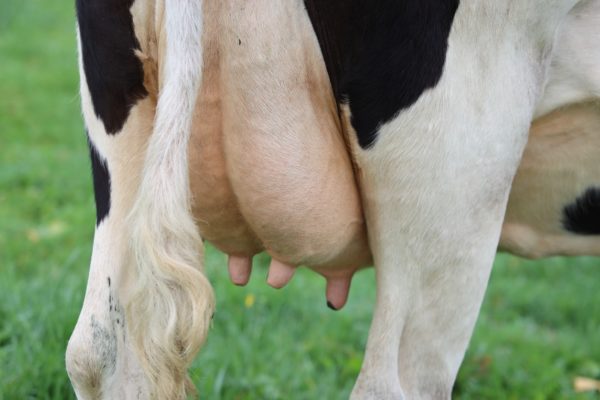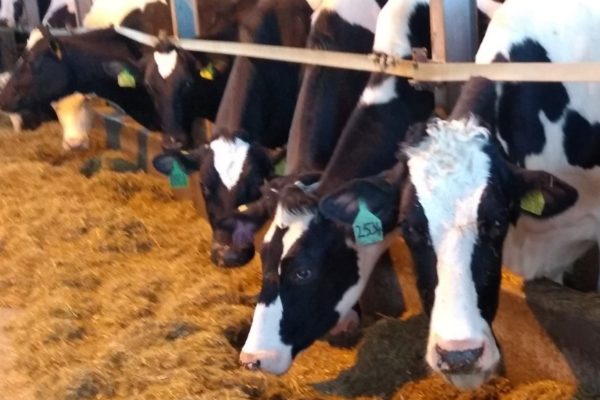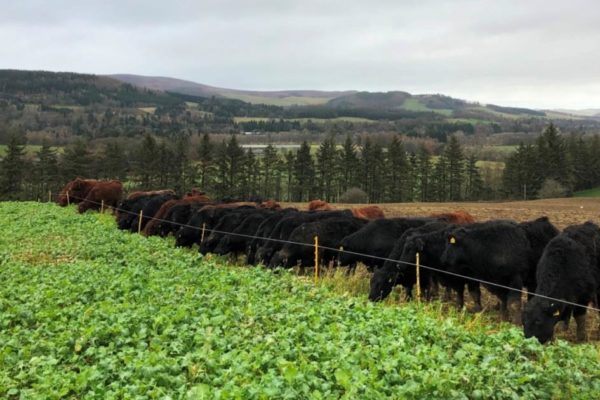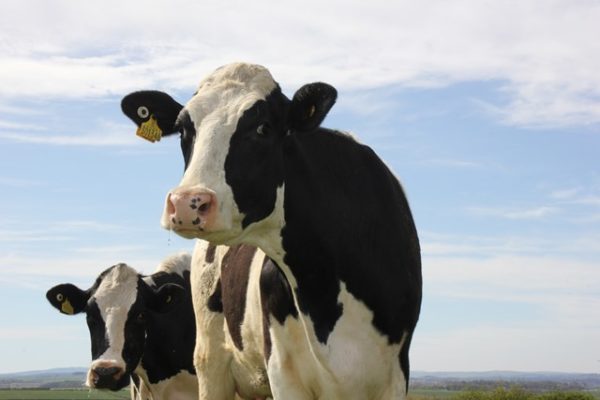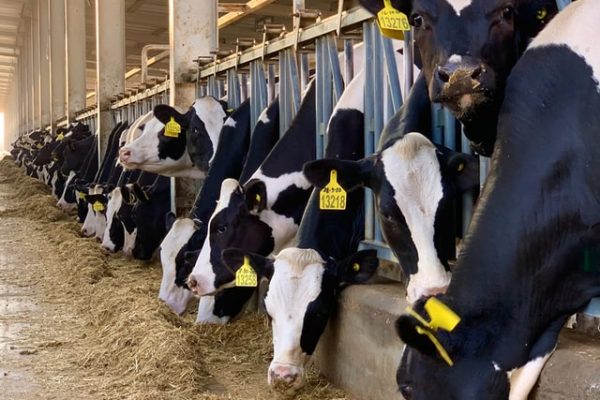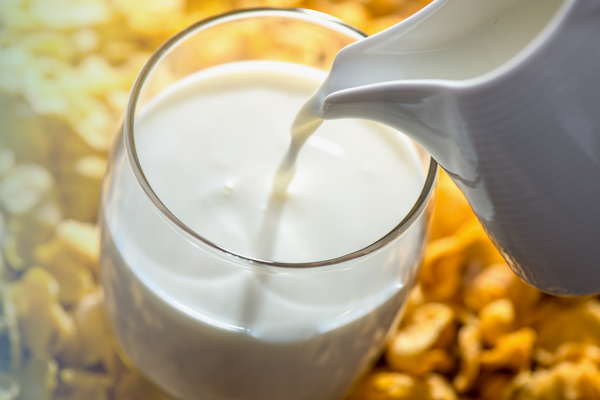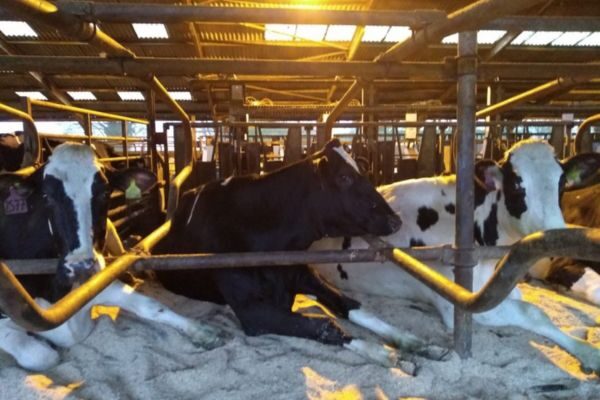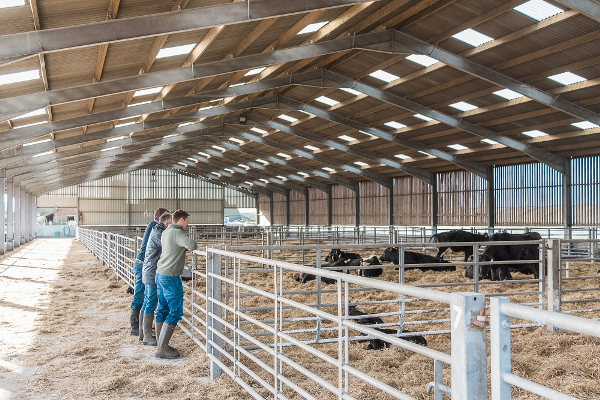Managing Johne’s Disease Within Your Herd
5 June 2024Johne’s disease is a chronic, contagious bacterial disease of the intestinal tract mainly seen in ruminant species, particularly dairy cattle. It is caused by the bacterium Mycobacterium avium subspecies Paratuberculosis (MAP) and is characterised by the slow wasting of the animal and increasingly severe diarrhoea. As the incubation period is 2-5 years, clinical symptoms are usually only seen in adult cattle.
Impact of Johne’s Disease
The disease can have many impacts, including:
Animal health and welfare
- Wasting and eventual death.
- Increased susceptibility to other diseases (e.g. mastitis, lameness).
- It is untreatable. There is a vaccine available, but it only reduces the incidence of disease and does not prevent shedding and therefore new cases in the herd. It can also interfere with tests for bovine tuberculosis.
Economics
- Consumer perception.
- Increased involuntary culls.
- Reduced milk yield - it is estimated that it could cost a severely infected herd between 2-4 ppl.
Sustainability
- Lower output from a Johne’s infected cow compared with a non-infected one with the same level of inputs.
- Increased age at first calving and calving interval.
How do we control it?
In 2015, the National Johne’s Management Plan was set up to manage and reduce the incidence of Johne’s disease on British dairy farms. In 2019 it became a requirement of Red Tractor. The plan requires an annual declaration signed by a BCVA accredited vet, a risk assessment of the farm and appropriate testing being carried out, depending on your risk assessment. Over 80% of herds that have tested for Johne’s have evidence of infection.
To control the disease, the first thing you need to know is the disease status of the herd and take appropriate action. Generally, only 1-5% of infected cows will show clinical signs but sub-clinically infected cows could still be shedding the virus and infecting calves. Initially a targeted 30 cow screen can be carried out. However, this is likely not sufficient to manage an infected herd so a whole herd test approach, preferably every quarter, and individual cow management is the best way to control the disease. A targeted 30 cow screen involves choosing cows with persistent high cell counts, ill thrift and poor milk yields.
The diagram below illustrates how healthy-looking animals can still shed the disease, but that risk increases as the clinical signs become more apparent.
Johne’s disease progression and risk of spreading MAP

Source: https://bvajournals.onlinelibrary.wiley.com/doi/pdf/10.1136/inp.l6924
Care must be taken not to milk test within at least 42 days of a bovine tuberculosis test as this can cause some false positive results due to the close relationship between the two diseases.
Once a herd has been tested, the results must be used to make the right decisions about managing each cow within the herd. If the results show no positive cows, continuous testing must still be carried out to ensure herd status remains negative and biosecurity is maintained to prevent the disease entering the herd. Testing and not acting on the results will not help control Johne’s.
Culling
Culling infected animals is the quickest way to reduce the spread of infection and to become Johne’s free, although this will largely depend on infection levels. Low infection levels will mean it is easier to cull out but levels upwards of 30% may require a different management approach to controlling the disease.
Breeding
If it is not possible to cull all infected animals, then the next best thing is to manage them differently within the herd. All positive animals should be bred to a beef bull to prevent infection of dairy replacements, as there is some transmission of the bacteria within the womb.
Calving Yard
Positive animals should ideally be housed separately in the run up to calving to prevent newborn calves ingesting infected milk or coming into contact with infected faeces. Animals are usually infected as calves, with 80% of infections occurring within the first month of life and the highest risk being in the first 24 hours of life. Snatch calving of heifer calves at birth will help prevent them ingesting any faecal matter from their dam’s teats or infected colostrum.
Colostrum Management
Avoid pooling colostrum and feeding it to dairy replacement calves as this could be a direct source of infection. Pasteurisation will help reduce the levels of MAP in colostrum which is particularly effective when feeding colostrum from newly calved heifers which have not been tested for Johne’s. Levels of E. coli, M. bovis and Salmonella can be greatly reduced with pasteurisation which ultimately helps with general calf health.
Grazing
Avoid grazing calves on pasture that has been grazed by infected adult cows as MAP may last for over a year in slurry and pasture.
Identification
Inserting red ear tags into positive cows will help staff identify infected cows and is an aid during management at breeding and calving time.
Once a Johne’s control programme has been started, it will essentially only prevent infection of newborn calves, so reductions in the incidence of the disease will only be seen at least two years down the line when those animals enter the milking herd.
david.darlington@sac.co.uk; 01539 769059
Sign up to the FAS newsletter
Receive updates on news, events and publications from Scotland’s Farm Advisory Service

